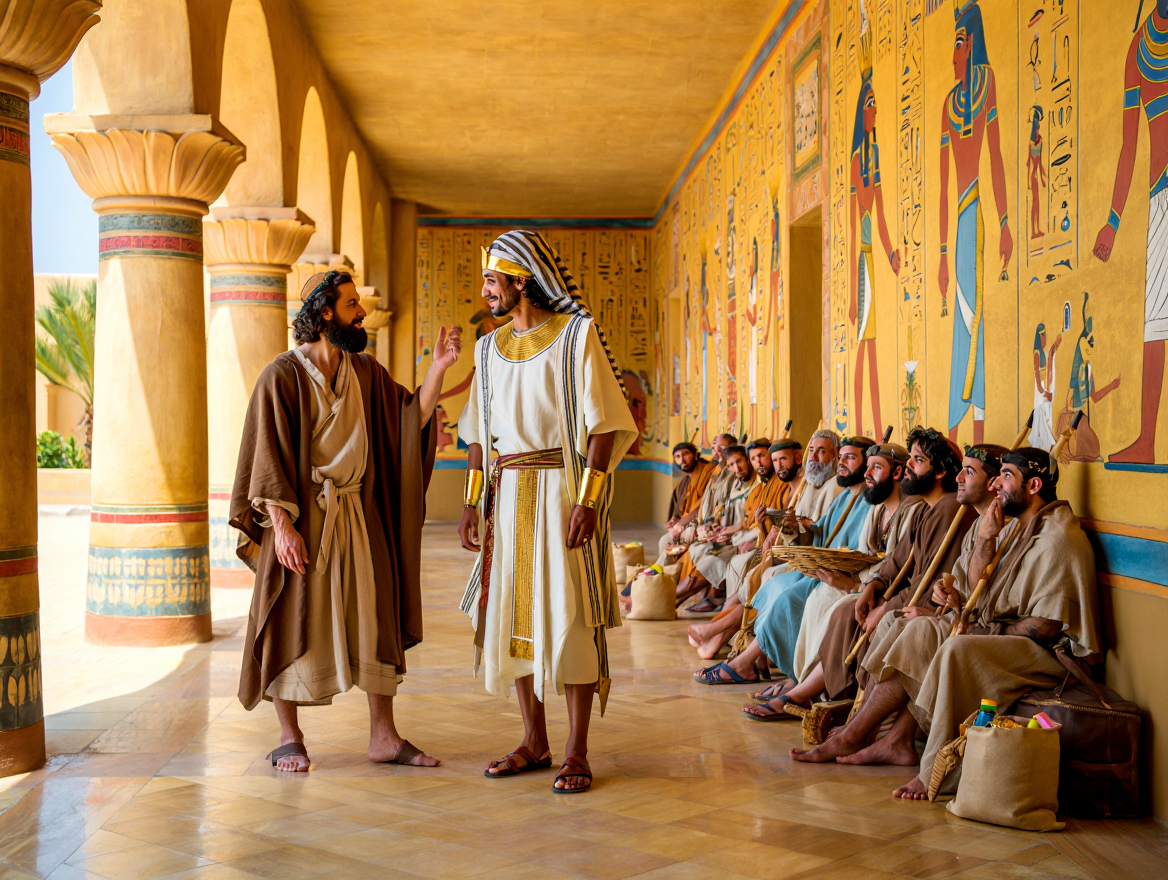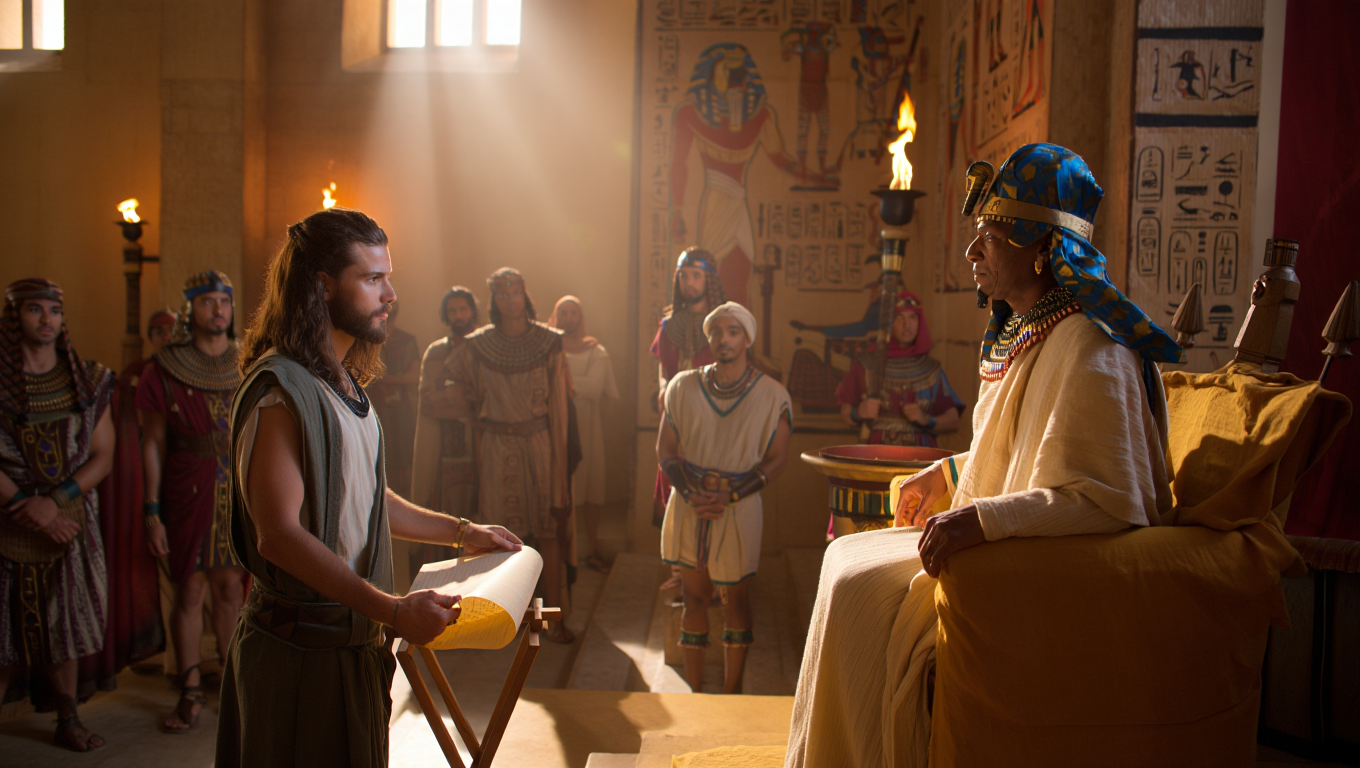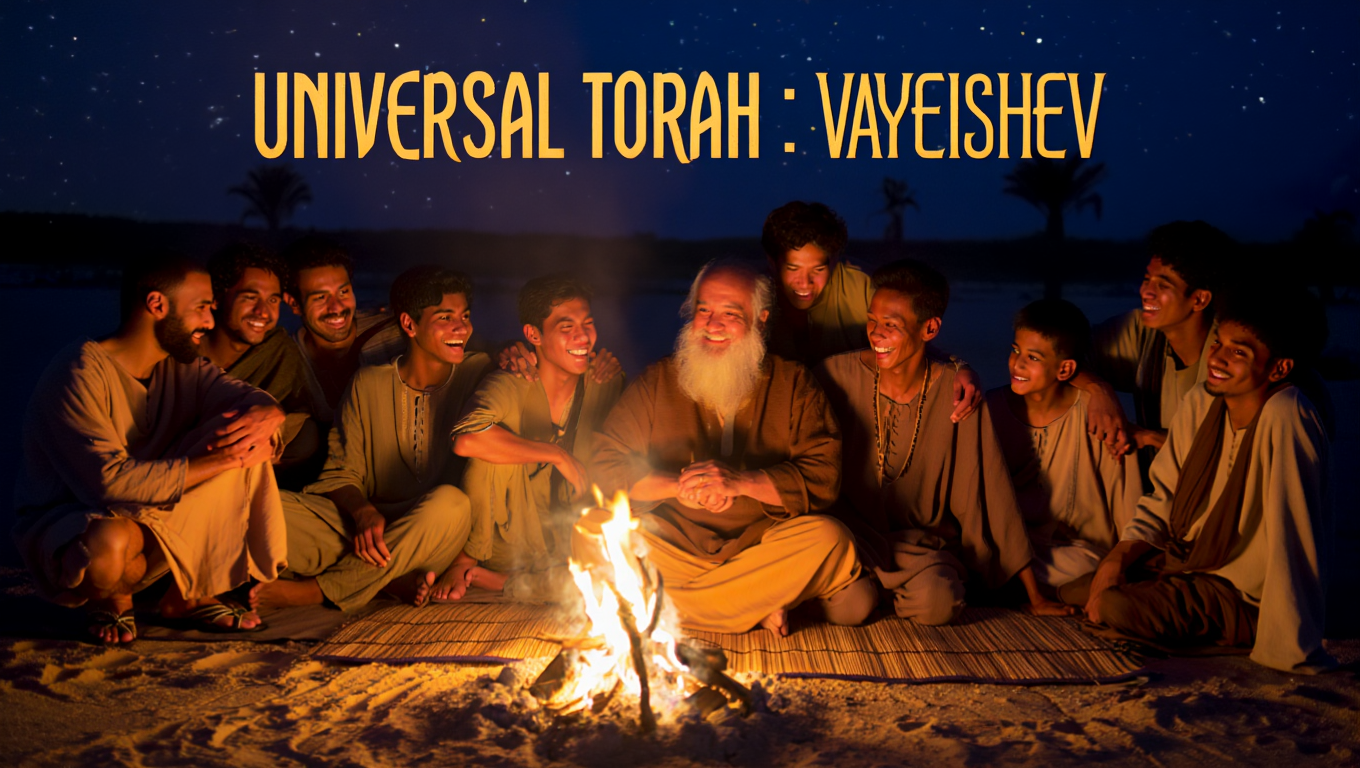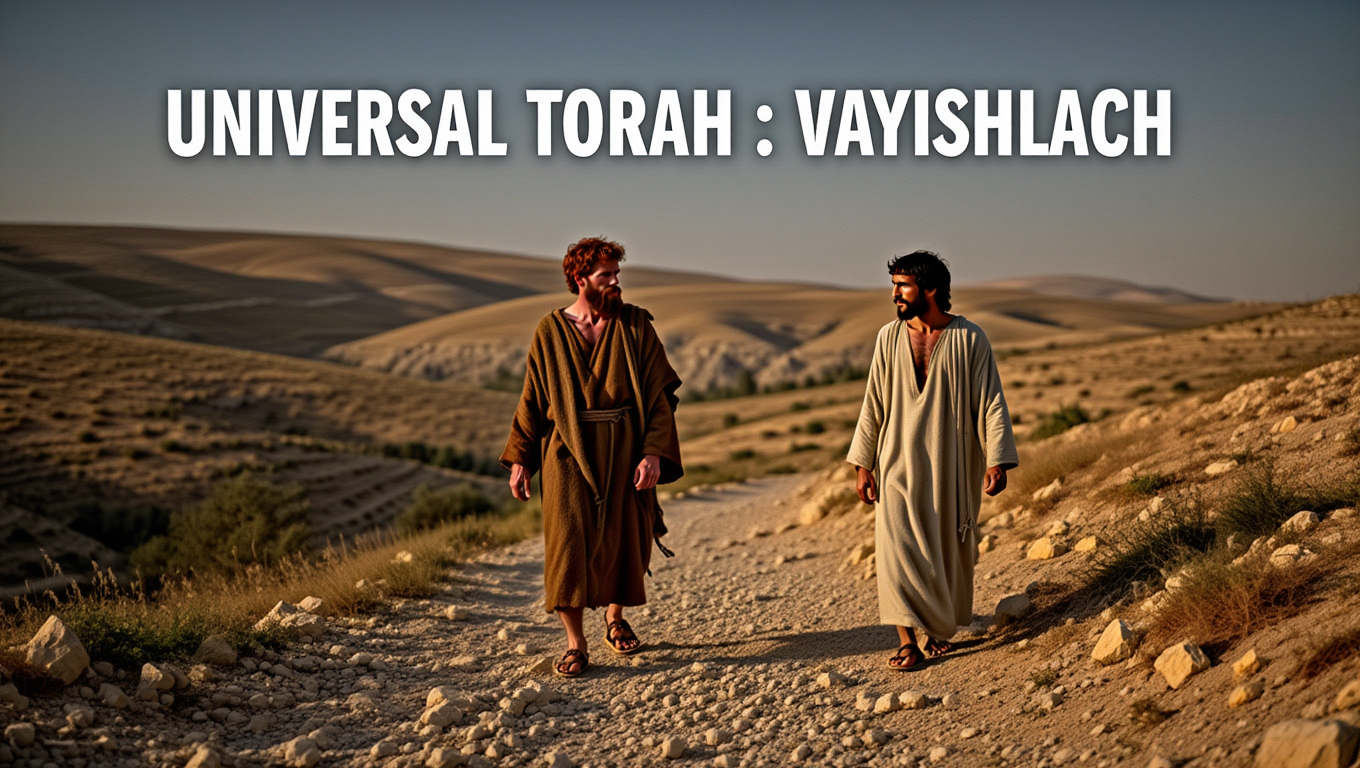The Ninth Month of Kislev – the Month of Miracles,
Hanukkah The Festival of Lights, The Feast of Dedication – Part Two
Part of an ongoing series entitled “Hidden Sparks Beneath the Surface” by Elisheva Tavor aka Betty Tabor Givin
Part of an ongoing series entitled Hidden Sparks Beneath the Surface
By Betty Tabor Givin aka Elisheva Tavor
Section One – Background
In our previous article we raised the question as to the possible connection between this 9th month of Kislev, and the birthing process …something new being born…springing forth, so to speak with the celebration of Hanukkah on the 25th. This something new was hinted at in the obscure passages found in the second chapter of the prophet Haggai in which he speaks regarding the promise of HaShem on the 24t h of Kislev, the day before Hanukkah. “From this day forward I will bless you.”
Hopefully it created questions in your mind that begged for answers, some of which may have been partially answered, but with the answers more questions were created. Yet is this not the way we learn…by asking questions and seeking answers which bring more questions…an ongoing process that begins in early childhood and extends on into adulthood until our last moments on this earth?
Any of us who have spent time with young children will recall the proverbial one-word question asked across the board…“Why?” On a personal note, I have been told by my parents that my grandfather used to say of me, “Betty K can ask questions that G-d couldn’t even answer!” Of course, this was tongue in cheek, but quite true to my nature…I am still asking questions today. If you are reading this, I would imagine you are still asking questions as well.
What you may ask does any of this have to do with Hanukkah, the Festival of Lights or the Feast of Dedication? It has everything to do with it as we shall discover for there are many “hidden sparks” just beneath the surface.
The Festival of Hanukkah as we learned from our last article celebrates the consecration or dedication of the Holy Temple back to HaShem by the brave Maccabees after it was defiled by the Syrian Greeks in approximately 165 BCE.
The proper name for this festival is actually Chanukah, pronounced with a guttural “ch,” but is usually written in English and pronounced (although incorrectly), Hanukkah with a soft “h,” as the guttural “ch” is not in our language. It derives its name from the Hebrew word chinuch, which means dedication, consecration or inauguration. Chinuch is also the Hebrew word for education, which in Judaism, is of utmost importance. It begins at an early age and is treated as the most significant inauguration in a child’s life. It involves the whole child. In order to better understand this concept, we must begin with addressing the underlying question, “Why?”
The “Why” Behind Jewish Learning – Ceremonies, Symbols and Blessings
A Literal “Taste of Torah”- In Judaism it has been a long-standing tradition to begin the child’s education at a very young age when they are most impressionistic and their little minds are like sponges. To introduce the child to Torah and the aleph-bet, in times past for example, the teacher in the cheder (religious school) would drizzle the letters of the aleph-bet with honey on a slate and then invite the child to lick the letters which were symbolic of the whole Torah…from aleph to tav! The lovely words of Psalm 110:103 come to mind…“How pleasing are Your words to my palate, sweeter than honey to my mouth.” What better way could have been implemented to inaugurate the child to Torah learning, for this special ceremony no doubt would remain imprinted in the memory of that child for the rest of his life.
It is my understanding that this lovely ritual is still practiced to this day, with some variations of course since slates are obsolete.
It is a well-known premise in the field of education that learning is best accomplished through making it more practical and enjoyable and this can be accomplished by incorporating our G-d given senses, especially but not limited to children…for then they will grow up loving learning…and is that not the goal of all education?
In my own experience in teaching young children, I have found it so very joyous and exciting as I have observed their eyes light up with excitement as they discover something new…those ”aha” moments. Like so many hidden sparks beneath the surface, those special moments have the potential of manifesting themselves and building a sense of wonder that becomes intrinsically weaved into the inner being of the child. These moments have the potential to continue to grow and flourish and be influential in formulating the thought process of the child as he or she grows into adulthood.
I would imagine that our Creator has this same sense of joy when he sees us as adults pray the simple prayer “Open my eyes and let me see wonderful things in your Torah” (Psalm 119: 18)! How special is it that this plea is found here in verse 18, the number which represents chai, life!!!
We are His children and He wants us to experience life as wondrously and fully as that of a little child excitedly licking the honey drizzled letters of the aleph-beit from his or her plate!
We must endeavor to keep that sense of wonder we had as children. The festivals along with their traditions, ceremonies and symbols that have come down to us through the ages are designed to help us do just that!
With these concepts in mind, let us consider some of the rich traditions and symbols associated with the Festival of Hanukkah or Chanukah that make it so meaningful for both children and us as adults!
Whether you grew up with this festival or whether it is new to you as it was to me when I was first introduced to it 33 years ago during this very season, my hope is that you will find something meaningful and endearing to take away with you and build upon as we continue to learn and ask questions together!
From the Traditions – the Symbols in a Nutshell
What is the first thing that comes to mind when you think of the Festival of Hanukkah? Most would say the kindling of the candles. How many candles are in a box? When do we light the candles and why? If there are 8 days of Hanukkah, why do we have 9 candles? What is a Hanukkiah? How is it different from the traditional menorah? Questions, questions and more questions…
The Lighting of the Candles- First of all, we light the candles at nightfall using a special 9 branch menorah called a Hanukkiah to bring light into the darkness…both physically and symbolically, for our aim is to bring hope and encouragement to all mankind and to our world at large. We try to place the lighted candles near a window so that as they radiate outwards they are visible to those passing by.
There are 44 candles in a box, but 36 is the actual number of candles considered to be Hanukkah lights. The others are used to light the 36. You may remember that the number 36 in Hebrew is lamed vav and in Jewish mysticism represent the 36 righteous men in each generation who save it from annihilation.
We light one candle each night for 8 successive nights in order to increase the light, not only in the physical realm but also in the spiritual. We use an additional candle called a Shamash or servant candle to light the others (Babylonian Talmud, Shabbat 21b).
This teaches us a valuable lesson in that we ourselves can take upon the role of the Shamash as we endeavor to share our light and help one another through dark or difficult times.
The Oil – Why use oil rather than candles? What is the story behind the oil and what does it symbolize? What kind of oil was required for the Menorah in the Holy Temple? Where do we first find this story?
Oil is often preferred over candles because it was what was used to light the Menorah since ancient times. The story goes that upon their return to the Temple after the war, the Maccabees found only one single cruise of pure oil, in which to light the Menorah (enough to last for only one day), yet they chose to light it in faith as they thankfully dedicated the Temple back to HaShem…and that one little cruise of oil miraculously lasted for 8 days! This story is first seen in the Babylonian Talmud about 600 years after the events described in the Book of Maccabees (Babylonian Talmud, Shabbat 21b).
There have been variations to this story and how the 8 day tradition actually started, but this is the story that caught on and the one that has been told dor v’dor, from generation to generation.
There is another thought-provoking concept associated with the pure olive oil and its relationship to the number 8. Pure olive oil is known in Hebrew as shemen zayit and is the first drop of oil that comes from the olive as it is squeezed. When written in Hebrew, we discover that shemen zayit has 8 letters!
Eliyahu Kitov in the “Book of our Heritage Part 1” points out that oil was associated with wisdom of the heart and mind and that the Greeks attempted to sully this wisdom and break the Jews through assimilation… just as they attempted to desecrate the pure oil in the temple…yet they were not successful because HaShem came through with a miracle, making the oil last for 8 days…and this miracle, Rabbi Kitov asserts, has followed the Jewish people to this day because the “eighth day represents the totality of time and what is beyond time.” (pg. 289-90)
The Number Eight – The number 8 has long been associated with a new dimension. Rabbi Menachem Schneerson of blessed memory connects the number 8 with renewal, restoration and perfection, which syncs perfectly with the story of Hanukkah and the message it brings. Speaking of the number 8, there is another festival in the fall that lasts 8 days and is also referred to as the Festival of Lights. It has been suggested that the 8 days of Hanukkah came into play as a Second Sukkot for the Maccabees, for since they were away at war during the fall harvest festival they were unable to celebrate Sukkot at its proper time. The delightful Festival of Hanukkah continues to be a popular favorite amongst all Jews from Reform to Conservative to Orthodox and all in between for there is something for everyone!
The Dreidel – What is a dreidel? Why do we play dreidel on Hanukkah? Is it simply a child’s game or is there something more to it? What is the background behind the dreidel? What are the Hebrew letters and what symbolic meaning might they have? These are many proposed answers to these questions that arise. Following are just a few possible answers.
A dreidel is Yiddish for a four-sided spinning top which in Hebrew is called see-vee-von. Torah study was forbidden during the times of Greek oppression and the subsequent revolt of the Maccabees. Tradition has it that Jews, adults and children alike, who wanted to study Torah would keep a secret hidden dreidel nearby and pull it out and pretend to play if they were discovered.
The letters on the four sides of the dreidel… nun, gimmel, hei, shin, are said to commemorate the miracle of Hanukkah as they stand for the phrase nes gadol, hayah, sham, “A great miracle happened there.”
In the Torah portion Vayigash which is part of the Joseph saga, we read that when Jacob was preparing to go down to Egypt to join Joseph that he sent Judah ahead of him to direct him to Goshen (גּשְׁנָה) … pronounced Gosh-nah in Hebrew (Genesis 46:28).
This is the only passage in all of Torah that these letters are found grouped together in a word. We ask the question “Is there a secret message here, a hidden spark, waiting to be discovered in this phrase and the events which followed Jacob and his children to the land of Goshen and their subsequent miraculous deliverance out of Egypt and going forward, down through the centuries? ” Does it relate to the message of the acronym on the dreidel, “a great miracle happened there?” Indeed if we follow the story of the Children of Israel, it would seem to be the case.
Was this a coincidence or was it a precursor to the story of Hanukkah and the little game of dreidel which would come hundreds of years later and follow the amazing survival of the Jewish people through the ages amidst peril, hardship and extreme anti-Semitism and the threat of assimilation?
Before we leave the story of the dreidel, we must ask one more question, “What is the gematria…the sum of the numerical values of these four letters?” It shouldn’t be surprising that it is 358…the numerical equivalent to the word Mashiach (messiah)…which also has the inference to miracles and deliverance!
So the little game of dreidel teaches us so much…for while we are playing, we can remember the stories which remind us of the miraculous ways HaShem has delivered His people through the ages … first in bringing them out of Mitzrayim and then delivering them from the Syrian Greek oppression in the days of the Maccabees in our Hanukkah story…and on into our present day! Despite all odds and attempts to coerce them into assimilation, and threats to destroy them completely, the Jewish people through the grace of G-d have continued to thrive and flourish!
Section Two
More Symbols – Gelt, Traditional Foods, Music and Blessings
What is gelt? Why is it associated with Hanukkah? According to tradition, gelt is linked to the miraculous G-d given victory of the brave Maccabees. For a brief time they minted their own national coins in celebration of their freedom. It became a practice to give real coins first to Torah scholars and teachers and then to children as a reward for their Torah study. Years later, in 1958, the Bank of Israel issued commemorative coins to be used as Hanukkah gelt. These coins had the same image of the menorah that had appeared on Maccabean coins 2,000 years ago. Today it has become customary to give chocolate candy covered with gold or silver foil to resemble these real coins. Gelt is often used in playing the game of dreidel.
Lighting candles, playing games, enjoying traditional foods like latkes (potato pancakes) and soufganiyot (doughnuts), singing songs and reciting blessings…all come into play during Hanukkah. These activities that begin as physical or sensory experiences have the potential to transcend the physical realm…for as they become imbued with meaning through the years, they serve to connect us to that inexplicable “something more.”
There is a quote that I learned many years ago that seems so appropriate here…”At every turn, our lives connect us to HaShem!”
We just need to keep our eyes, ears and hearts open every day and especially during the seasons of the festivals when we are perhaps more cognizant of the Divine Presence and the blessings that come from that awareness in our lives!
Like the young child excitedly licking the honey drizzled letters of the aleph-beit off a plate that will later serve to provide a connection to HaShem and Torah, we as adults also have the potential to involve ourselves more fully in these rich traditions of the festivals…and in so doing, we can discover more of those hidden sparks beneath the surface and become more intrinsically connected to our Creator…thus opening up the possibility for something almost magical or miraculous to occur!
Music has been termed “the language of the soul.” It has become a vital part of every Festival for it brings joy as it flows from heart to heart and binds people of all ages together. Likewise Hebrew blessings usually come in the form of a song or a chant. Special blessings are associated with each holiday, bringing both joy and meaning, and are a vital part in creating that “something more.”
Blessings for Candle Lighting -The Blessings are Timeless for they take us back to the past and forward into the future as we speak them in the present.
We first bless HaShem who has made us holy and we connect ourselves to the Shamash or servant candle as we light the first of the 8 lights. Next, we chant the blessing recalling the miracles performed for our ancestors “in those days, at this season.”
Then we chant the Shecheyanu (on the first night of Hanukkah only) as we bless HaShem “who has granted us life, sustained us, and enabled us to reach this occasion”. A printout of these traditional blessings in Hebrew and English plus a link to the audio can be found on this website, (https://www.chabad.org/holidays/chanukah/article_cdo/aid/103874/jewish/Blessings-on-the-Hanukkah-Menorah.htm)
The late Rabbi Menachem Schneerson (zt”l) summed up the concept of the timelessness of these blessings in a public address on the eve of Chanukah in the Jewish year 5741 (1980) in Brooklyn, N.Y in these poignant words…“The purpose of all commemorative days in the life of our people is to teach us practical lessons from ‘those days…at this time.” It is here, in those practical lessons, that we can experience enrichment in our lives…and that enrichment is ongoing.
Bringing it Down to the Present
As we have seen in this series of articles, HaShem in His Divine Plan continually gives us special opportunities through the times and seasons of the year to return to Him. Hanukkah is no exception…it is a time of soul-searching, a time of renewal, of re-dedication, of standing firm and strong against assimilation, a time of spreading the light!
It is a time of asking questions…Is there something in your life that you want to work on or improve or rededicate yourself to this season?
As you light your candles, you might want to take a few minutes to meditate on the lights and let them permeate into your heart as you ask yourself…Are there any “miraculous” events, large or small, that you want to thank HaShem for this season? Is there perhaps “something new” that has been born or re-born in you this season? I encourage you to think about this as you think about HaShem’s amazing plan for history and how the following verses in the book of Haggai impact all of His children!
One more “hidden spark” that some students of Torah say is “hidden” in plain sight!
There are several obscure but quite fascinating, passages in the second chapter of the book of Haggai (vv. 10, 15, 18-20) that have not received much attention from the Jewish sages. However, they speak explicitly of the twenty-fourth day of the ninth month, the day before Hanukkah. Twice in these verses we find the promise of YHVH, “from this day forward I will bless you.” According to biblical scholars, the dating of Haggai is 520 BCE, more than 350 years before the Maccabean victory! Could it be that this obscure prophecy, given on Kislev 24, 520 BCE, was a precursor to this monumental victory that would take place hundreds of years later? Or is it just a coincidence? How likely is it that this ragtag little Jewish army led by Judas Maccabee, after the fight of their lives for three years, could rally, march back into Jerusalem, defeat the mighty Syrian forces, restore their desecrated temple, and take back their land—and that it would fall on the selfsame day, the twenty-fourth day of the ninth month, as mentioned by Haggai more than 350 years earlier?! Is anything too difficult for HaShem?!!! Zechariah 4:6 also comes to mind here: “Not by might, not by power, but by my spirit, says HaShem.” Could this be a reference to the “day of small things” that the same prophet mentions four verses later? 139 The Ninth Month—Kislev Was this a partial fulfillment of Haggai’s ancient prophecy of HaShem speaking of the twenty-fourth day of the ninth month and proclaiming: “From this day forward I will bless you”? Was this blessing foretelling Kislev 25 and the inauguration of the festival of Hanukkah? Was it a blessing designed to be ongoing? I will leave you with a question: What was the date on the Jewish calendar in 1917 when General Allenby freed Jerusalem from the Ottoman Empire? You may be surprised, but perhaps not. For the answers to this and other questions, see the following article: https://jamestabor.com/hanukkah-tonight-and-the mysterious-date-of -kislev-24-on-the-hebrew-calendar.
So many things to learn and discover during this wonderful upcoming season of Hanukkah!
Even if you are the only one in your household or your community that is kindling the lights, be encouraged and remember that HaShem, your Creator, is right there beside you, within you…lighting your candle…the candle of your soul…(Psalm 18:29, Prov. 20:27).
No matter how small or insignificant we may feel that we are…we each have a vital part to play for our lives are intertwined with one another. Rabbi Schneerson put it so beautifully in that public address of 1980 that we mentioned previously when he stated, “One Small Candle…One Giant Light for Mankind!”
Chag Chanukah Sameach!
Hanukkah is the only festival that begins in one month and extends into another…the 10th month of Tevet…a month with a special message in its name! What is that message? Are there more hidden sparks within it for us to discover?
by Elisheva Tavor aka Betty Tabor Givin






